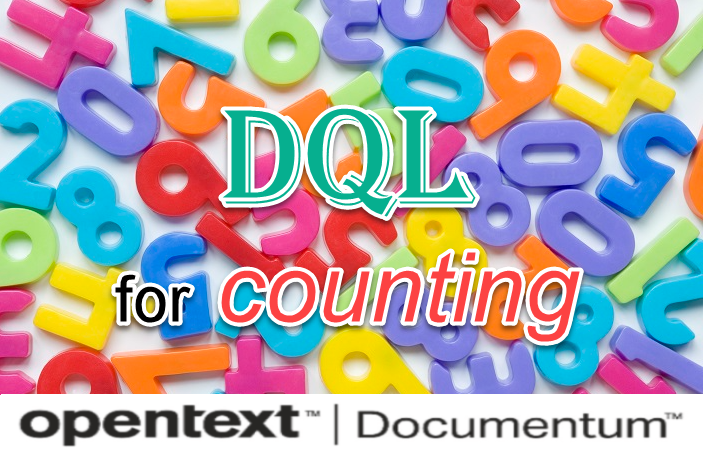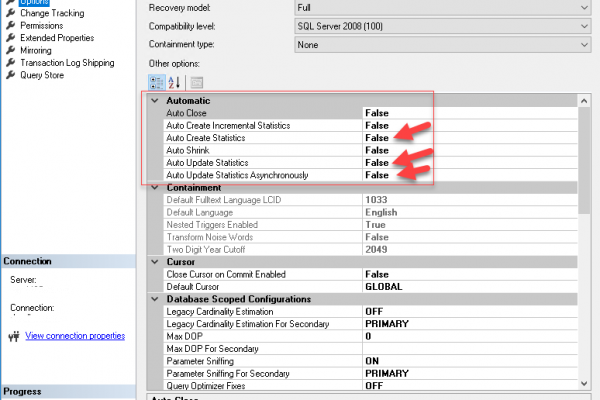
Category: DQL
Four views for each subtype
In Documentum, data is stored in various object types, with dm_document being one of the most frequently used. To effectively interact with this object type, Documentum provides different views, each serving a specific purpose. These views are designed to handle both single-valued (non-repeating) and repeating attributes, and they are accessed by different components of the…
Best Practices for Creating Indexes in Documentum
Efficient data retrieval is critical in content management systems like Documentum, where large volumes of data are managed. One way to optimize query performance is by indexing key attributes. However, creating indexes on Documentum base tables requires careful consideration and proper methods. It is strongly recommended that all indexes be created within Documentum itself, not…
Steps to recover deleted document from Docbase
NOTE :This approach is useful only when dm_DMClean and dm_DMFilescan jobs are not run on the repository after the document is deleted. 1. Query the dmr_content table to find the details of the deleted file SYNTAX : select r_object_id from dmr_content where full_format='<deleted document format>’ and set_file like ‘<Deleted document name>’ Example : select r_object_id from dmr_content where…
Audit
select t.name,r.event,r.user_namefrom dmi_registry r, dm_type twhere r.is_audittrail = 1and t.r_object_id = r.registered_id select r.registered_id, r.event,r.user_namefrom dmi_registry rwhere r.is_audittrail = 1 How to get the deleted documents list in a cabinet using DQL in Documentum? select r_object_id from dm_cabinet where object_name = ‘Reports’0c0271838587137a SELECT * FROM dm_audittrail d, dm_audittrail lWHERE d.event_name = ‘dm_destroy’AND l.event_name = ‘dm_link’AND…
Retention – Query
find all the workorders currently in progress: SELECT r_object_id, object_name, completion_status, mw.object_name, w.master_workorder_idFROM dmc_rps_work_order w, dmc_rps_master_work_order mwwhere completion_status = ‘PROCESSING’and mw.r_object_id = w.master_workorder_id SELECT r_object_id, object_name, completion_statusFROM dmc_rps_master_work_order mwwhere completion_status = ‘PROCESSING’ The following work order (6523) is in progress: dump: select distinct operation_name from dmc_rps_master_work_order select distinct operation_name, count(r_object_id)from dmc_rps_master_work_ordergroup by operation_name RETAINER_PROMOTION ……………………………..829RETAINER_QUALIFICATION…
Table analysis
Query (DQL) to find tables created recently: select * from dm_dbo.dm_sysobjects where “type” = ‘U’ order by crdate desc
Should we upgrade SQL Server 2016 compatibility from level 100 to 130?
Upgrading the compatibility level of your SQL Server 2016 database from 2008 (compatibility level 100) to 2016 (compatibility level 130) can provide significant benefits, including better performance and access to modern features. However, before deciding, it’s important to carefully weigh the pros and cons. Reasons to Upgrade Compatibility Level Potential Risks and Considerations Recommended Approach…
In MS SQL Server, can you run reindex tables in parallel?
Yes, in MS SQL Server, you can run index rebuilds in parallel by using multiple CPU cores, but this is managed internally by SQL Server and depends on a few factors, such as the version of SQL Server, the edition (Enterprise vs. Standard), and system resources like CPU and memory. To explicitly run index rebuilds…
How to identify and resolve SQL Server Index Fragmentation
In this article, we will learn how to identify and resolve Index Fragmentation in SQL Server. Index fragmentation identification and index maintenance are important parts of the database maintenance task. Microsoft SQL Server keeps updating the index statistics with the Insert, Update or Delete activity over the table. The index fragmentation is the index performance…

So What’s the GOLDEN FIX for Viewer Performance
Sometimes, you will notice this sql is taking over 34 sec instead of 0 sec. select all max(dm_document.r_modify_date) “maxdate” from dm_document_sp dm_document, dm_sysobject_r dm_sysobject_r2, dm_folder_rp dm_folder_r1 where (dm_document.r_object_id = dm_sysobject_r2.r_object_id and dm_sysobject_r2.i_folder_id = dm_folder_r1.r_object_id and dm_folder_r1.i_ancestor_id = ‘0b027183800008b3’) and (dm_document.i_has_folder = 1 and dm_document.i_is_deleted = 0) The original dql for this sql is: select max(r_modify_date)…
